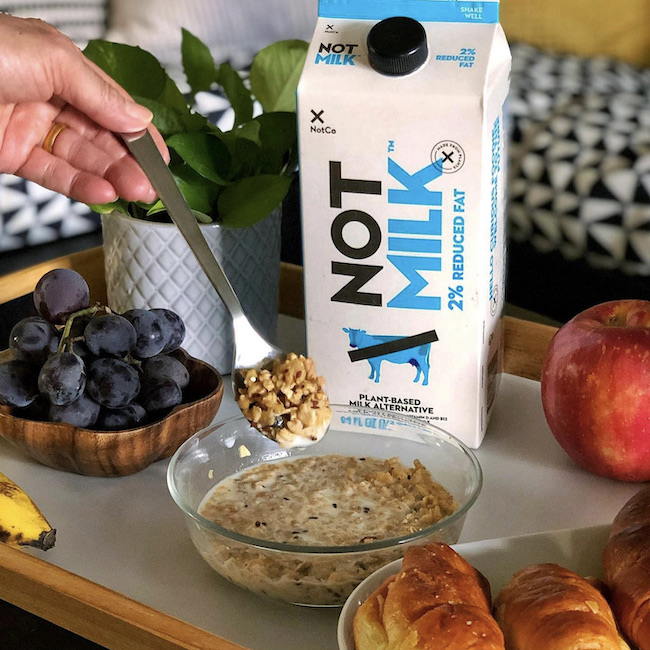With consumers increasingly making food choices based on sustainability, edible insect protein is having an opportunity to expand its customer base.
Besides being more resource-efficient, insects are made up of 60% protein (more than chicken and beef), and have high levels of iron, zinc, and vitamin B12. The commonly used insects in food tech are meat worms, black soldier fly, crickets, and grasshoppers.
In the last decade, the insect industry has grown worldwide, making many entrepreneurs and companies join the movement and produce insect-derived food products.
In Spain, the startup TEBRIO, formerly known as MealFood Europe, was created in 2014 with the objective of being the leading global industrial company in the manufacture and supply of sustainable and innovative products from the insect tenebrio molitor. They aim to consolidate the transition towards a green economy throughout the value chain. The company possesses a diverse range of products oriented to various sectors, from agriculture, to pet food, and human consumption.
On the other hand, another novel ingredient that is rising in the food market is algae. Algae is known as one of the world’s first organisms, yet they are currently revolutionizing the industry.
There are mainly two types of algae, macro and microalgae.
Firstly macroalgae, commonly known as seaweed, can be harvested naturally in the oceans or grown by aquaculture. They are commonly high in protein, reaching up to 47% of protein of their net weight, comparable with animal proteins or isolates.Secondly, microalgae which are single cell algae, and are typically grown in freshwater tanks, but they can also be produced by cellular agriculture as we previously mentioned. The most common species in the market are Spirulina and Chlorella, each containing around 50 - 70% protein.
Multiple benefits and positive impacts regarding sustainability support the growth of the algae market, for example seaweed has shown to be carbon negative because it absorbs dissolved nitrogen, phosphorus and carbon dioxide directly from the sea. Also, as it is a plant-based source of protein which contains all the essential amino acids, it makes it a great candidate for use in health-promoting foods, drinks and dietary supplements without ingredients of animal origin.
Many entrepreneurs have been taking the path and dedicating their professional lives to algae. Some Spanish startups in this spectrum include Good Cubes which produces frozen spirulina cubes, which compared to dried spirulina, fresh spirulina has no unpleasant taste or smell, and contains more nutrients. Also, Eat & Green a Madrid-based company is commercializing a high-quality spirulina, using specific and innovative techniques for its extraction. The well known spanish brand Baia Foods also include algae based products in their portfolio, such as spirulina, or a mix of ingredients, including spirulina, targeting a specific functionality in one’s health.

.png.transform/rendition-xs/image_image%20(1).png)










